This is the PCB of the network communication industry.
What I know now is that after adding these redundant non-conductive circuits, the performance is improved from Cat3 to CAT5e.
I really want to know what the principle is. Thank you very much.

- 149
- 3
-
6These structures act as (small) capacitors. – ocrdu Sep 06 '22 at 07:15
-
4I'd be inclined to say that this is mostly mumbo jumbo... Look at the trace layout itself, for example 8 on top, leaves much to be desired in terms on EMC, crosstalk and so on. A few decoupling pF here and there at the cost of crosstalk doesn't sound like a sensible design choice. – Lundin Sep 06 '22 at 08:11
-
4@Lundin perhaps the main function of those patterns is to somehow increase profit margins. – Spehro Pefhany Sep 06 '22 at 08:55
-
I'd really like to see a full simulation of the influence to the signal shape / frequency response of this. All those antennas must cause quite some reflections. – asdfex Sep 06 '22 at 09:01
-
1@SpehroPefhany Without doubt, since they'd be saving component costs. And it's kind of silly to mount capacitors <10pF since pretty much everything could create stray capacitances that small. I once encountered a RF design hack where someone invented a "1pF" cap by mounting a blank wire in the air at some distance above an exposed component pad, for example. Hardly an exact science. – Lundin Sep 06 '22 at 09:02
-
What do you mean by "the performance is improved from Cat3 to CAT5e"? If the setup works with Cat3, then it will also work with Cat5 anyway. – Durmus Sep 07 '22 at 10:31
1 Answers
The interdigitated patterns form capacitors (in the single to low double digit pF range, guessing the size of the PCB in question).
If there is no ground plane you can use the formulas in this paper:
Igreja, R., & Dias, C. J. (2004). Analytical evaluation of the interdigital electrodes capacitance for a multi-layered structure. Sensors and Actuators A: Physical, 112(2-3), 291–301. doi:10.1016/j.sna.2004.01.040
It's rather complex (the formulas are too complex to reproduce here) compared to a simple parallel-plate capacitor (where we generally ignore fringing fields) since virtually all the capacitance is as a result of fringing fields, and the solder mask will also have some effect. You could also (and maybe should) determine the capacitance via finite element analysis or simple measurement of a prototype.
- 410
- 3
- 14
- 376,485
- 21
- 320
- 842
